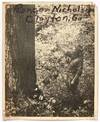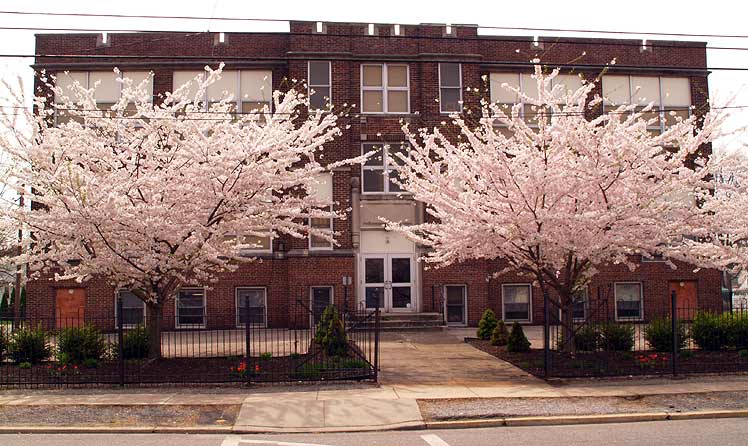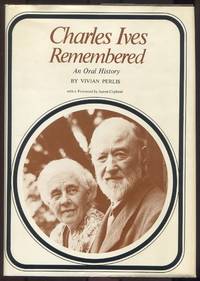1920 · (Union County, Georgia)
by (WOODY, Ranger Arthur)
(Union County, Georgia), 1920. Very Good. A collection of 23 different gelatin silver photographs of the Chattahoochee National Forest in Northern Georgia during the 1920s. The photographs are generally about 10" x 6" in size, with a few smaller images. 14 of the images are mounted on gray cardstock (12" x 9½") with "U.S. Department of Agriculture Forest Service" printed along one edge and with half bearing a handwritten caption. On the rear of these is an envelope bearing a typed caption and number that corresponds to the number found in the lower right corner of the mounted photos. Eight of the envelopes contain duplicate copies of the mounted photo found on the front. Also presents are nine loose photographs, some with captions on the front or rear. The mounted photographs are generally near fine or better with the mounts about very good with wear to the corners including chips, rubbing and numerous pin holes; the loose photos are very good with most trimmed, some edge wear and scattered creasing.
The photographs capture various images from the Chattahoochee National Forest which covers parts of Fannin, Lumpkin, and Union Counties in Northern Georgia. Shown in the pictures are Cooper's Creek, Porter Springs, Ellison's Cove, Hawk Mountain Lookout, Woody Gap, Cavendar Bridge, Canada Creek Falls and Mill, Lake Winfield Scott, a sawmill in Helen, a proposed location for a golf course, a park ranger marking a tree for removal, and several of workers constructing the Toccoa Basin Road. Featured in four of the images is Ranger Arthur Woody, whose advocacy led to the formation of the Greater National Forest, now known as Chattahoochee National Forrest. They show Woody fishing at Cooper's Creek in Fannin County, standing with another man at Woody Gap in Union County, and two of him at the Rocky Mountain lookout station.
Ranger Woody grew up in Union County to the aftermath of a mountain stripped bare by lumber companies and a local deer population hunted to near extinction. That reality stirred a passion for the outdoors and a lifelong dedication to forest and wildlife preservation. He first joined the Forest Service as an axe man in 1915 and immediately began advocating for the purchase of additional lands by the federal government to help protect the region. Never wearing a uniform and often going barefoot, Woody was an ever-present sight in the forests of Northern Georgia. He almost single-handedly reintroduced deer and trout to the region, concocted various schemes to arrest poachers, implemented timber protections, and after being told the government would not build new roads, only improve existing ones, cut a makeshift "road" through the forest with locals that the government was forced to improve each year until it was finally paved.
Considering the numerous tack holes, well-worn corners, and the envelopes with duplicate photos, we suspect these images were used for presentations about the forest for either education purposes or to attract visitors. Yet despite proof that duplicates were made and likely distributed, we could find no evidence of these images online.
A nice collection of photography of the Chattahoochee National Forest during the 1920s with four photos featuring Ranger Woody, the area's most important defender and custodian. (Inventory #: 436530)
The photographs capture various images from the Chattahoochee National Forest which covers parts of Fannin, Lumpkin, and Union Counties in Northern Georgia. Shown in the pictures are Cooper's Creek, Porter Springs, Ellison's Cove, Hawk Mountain Lookout, Woody Gap, Cavendar Bridge, Canada Creek Falls and Mill, Lake Winfield Scott, a sawmill in Helen, a proposed location for a golf course, a park ranger marking a tree for removal, and several of workers constructing the Toccoa Basin Road. Featured in four of the images is Ranger Arthur Woody, whose advocacy led to the formation of the Greater National Forest, now known as Chattahoochee National Forrest. They show Woody fishing at Cooper's Creek in Fannin County, standing with another man at Woody Gap in Union County, and two of him at the Rocky Mountain lookout station.
Ranger Woody grew up in Union County to the aftermath of a mountain stripped bare by lumber companies and a local deer population hunted to near extinction. That reality stirred a passion for the outdoors and a lifelong dedication to forest and wildlife preservation. He first joined the Forest Service as an axe man in 1915 and immediately began advocating for the purchase of additional lands by the federal government to help protect the region. Never wearing a uniform and often going barefoot, Woody was an ever-present sight in the forests of Northern Georgia. He almost single-handedly reintroduced deer and trout to the region, concocted various schemes to arrest poachers, implemented timber protections, and after being told the government would not build new roads, only improve existing ones, cut a makeshift "road" through the forest with locals that the government was forced to improve each year until it was finally paved.
Considering the numerous tack holes, well-worn corners, and the envelopes with duplicate photos, we suspect these images were used for presentations about the forest for either education purposes or to attract visitors. Yet despite proof that duplicates were made and likely distributed, we could find no evidence of these images online.
A nice collection of photography of the Chattahoochee National Forest during the 1920s with four photos featuring Ranger Woody, the area's most important defender and custodian. (Inventory #: 436530)

























